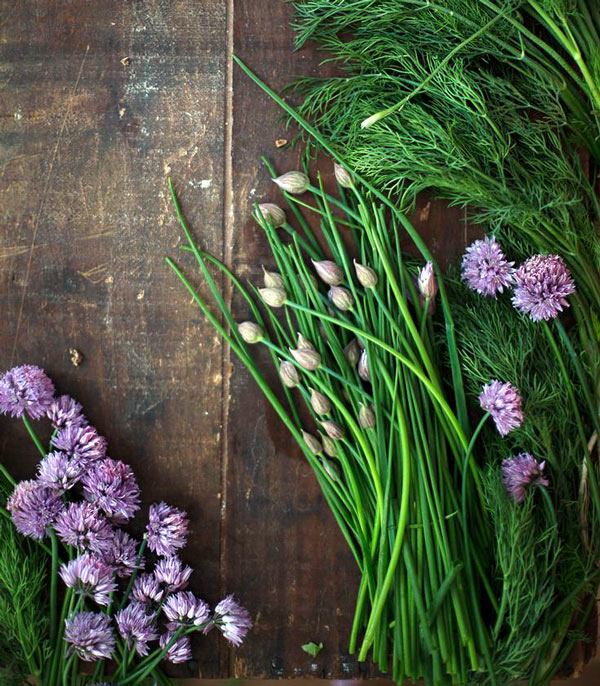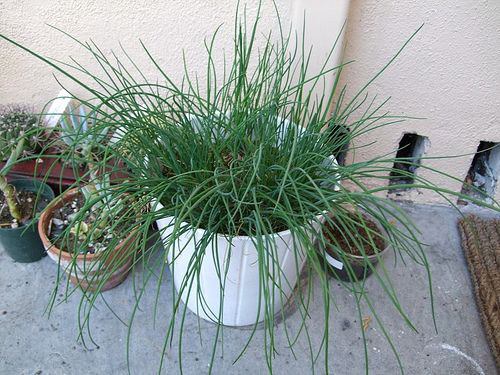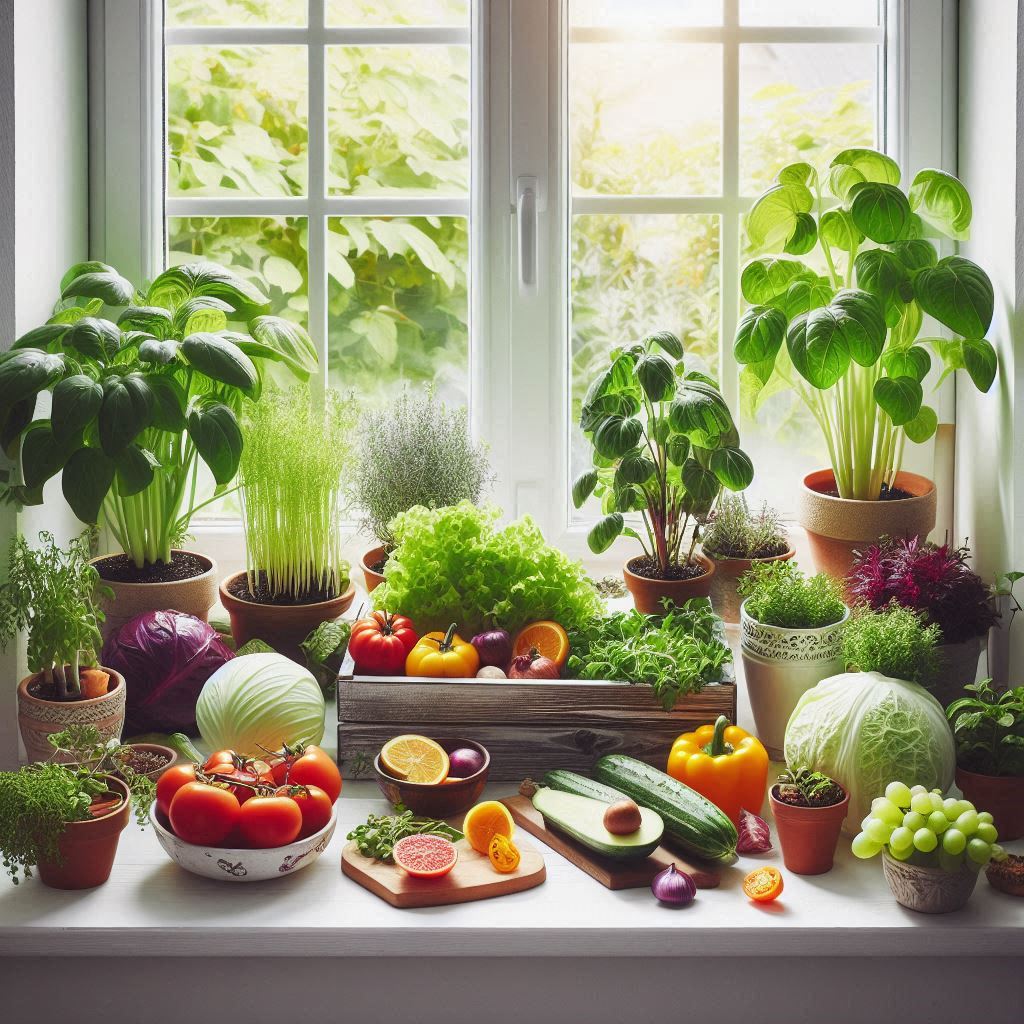Let’s start with the fact that wild chives abundantly colonize clearings and edges of North American forests, the rocky soils of Central Asia, Europe, and even Kamchatka, covering large areas with their violet-lavender flower balls and emerald greenery.

Its green, needle-like stems are the first to break through last year’s foliage. In the pre-supermarket era, chive shoots saved northern peoples from vitamin deficiencies and colds. In addition, chives (also known as scallion or ciboulette) became the first type of onion to be cultivated indoors for its greens. It is a perennial plant with a relatively small root system, so it can produce harvests from a single pot for at least five years.
Chemical Composition of Chives
Chive stems contain the following macronutrients:
- Potassium – 296 mg
- Calcium – 92 mg
- Magnesium – 42 mg
- Sodium – 3 mg
- Phosphorus – 58 mg
Micronutrients in Chives:
- Iron – 1.6 mg
- Manganese – 373 µg
- Copper – 157 µg
- Selenium – 0.9 µg
- Zinc – 0.56 mg
Vitamins in Chives:
- Beta-carotene – 218 µg
- Thiamine (Vitamin B1) – 0.078 mg
- Riboflavin (Vitamin B2) – 0.115 mg
- Vitamin B3 (Niacin) – 0.647 mg
- Vitamin B5 – 0.324 mg
- Vitamin B6 – 0.138 mg
- Vitamin B9 (Folic acid) – 105 µg
- Ascorbic acid (Vitamin C) – 58.1 mg
- Vitamin K – 212.7 µg
- Choline (Vitamin B4) – 5.2 mg
Properties and Benefits of Chives
One of the most remarkable properties of chives is the destructive effect of its essential oils on the membrane of pathogenic cells (cancer cells, bacteria, and viruses). The green shoots of chives are a source of dietary fiber, which cleanses our intestines. Like other types of onions, chives contain natural antibiotics – phytoncides.
Chives have a more delicate and sharp flavor than regular green onions, with a richer and spicier aroma, making them ideal for salads and omelets. Considering its high cost, you might want to think about growing this onion in a pot. For instructions on how to grow chives from seeds, check out the article How to Grow Chives on a Windowsill .



